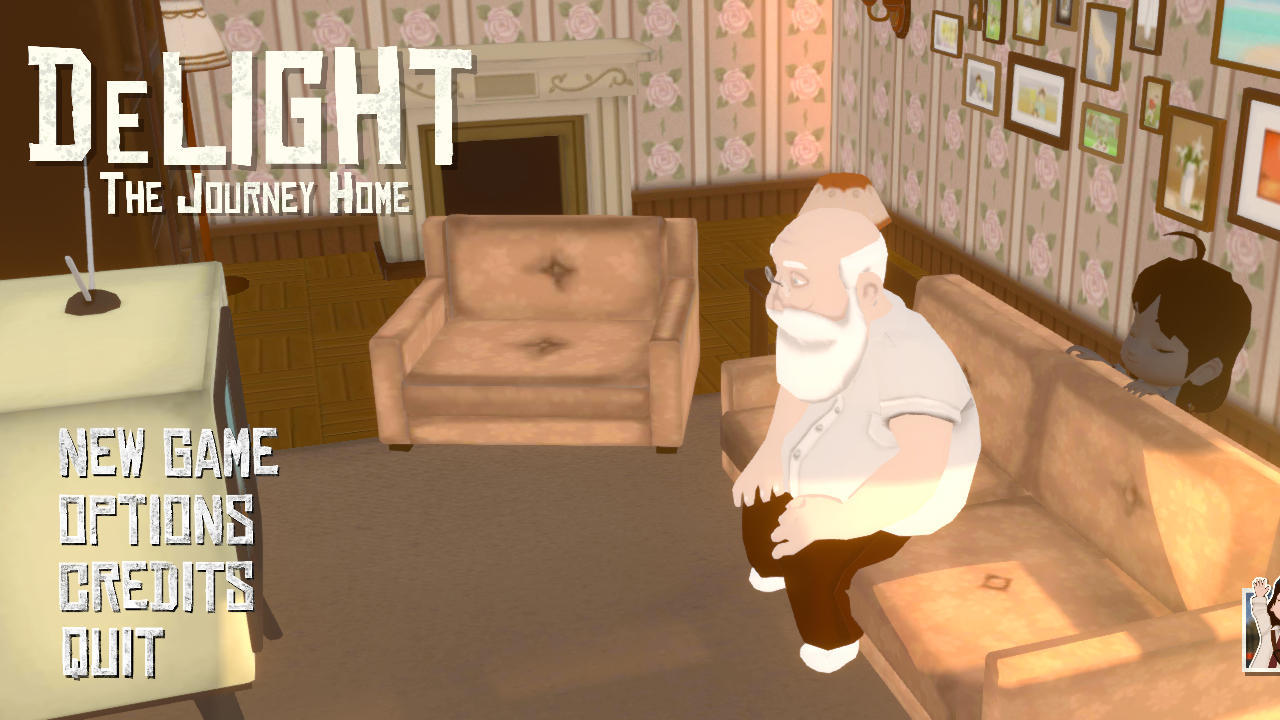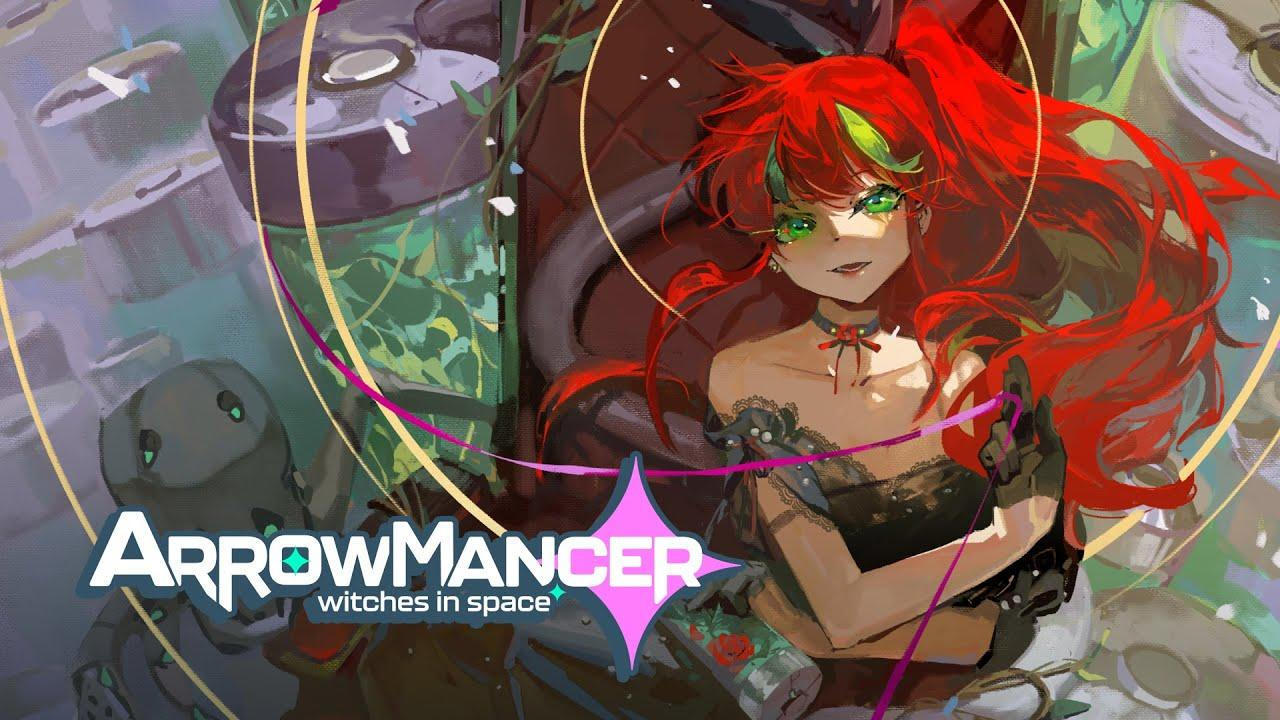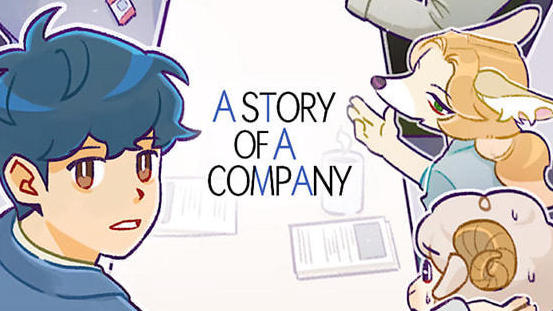Sometimes It's OK for a Video Game to Be Clichéd - Gale of Windoria Review

One of the first lessons you’re taught at Writer Cliché School (my alma mater, class of 2008, go Crocs!) is that comparing media to food is for hacks. Everyone’s done it, and it never reveals quite as much about the thing you’re talking about as you seem to think it will. Oh, this new blockbuster movie is like a big, juicy hamburger? I’m sure, tell me more.
But here’s the funny thing about clichés: Even when you know they’re not good for you, sometimes they just feel so perfect for the moment. In that sense, clichés are like a classic midwestern hotdish—or a casserole, for those outside of the Minnesota-Dakotas-Wisconsin region—full of cheese and butter and cream and grease and all this stuff that’s got to be just wreaking havoc on your body, and yet it also feels so warm and filling and homey. Sometimes you just want to sit down to family dinner and eat some hotdish.
Gale of Windoria, the latest in a long list of mobile Japanese RPGs from developer Kemco, is hotdish; it’s a little bland and it doesn’t provide much health benefit, but damned if it doesn’t feel tasty and strangely satisfying to sit down with. It’s also full of clichés.

Kicking off its adventure in the land named in its title, Gale of Windoria follows childhood friends Shan and Wina. This duo exist in a world split into four distinctly elemental countries, with different races of humans existing in each and shaped by their elements. The people of Windoria, for example, are shy, wispy, and have a tendency toward inventions such as the Beakle, a wind-powered personal carrier that can send people soaring across the terrain. Metra Aqua, the land of water, is full of people who are vain, clever, and difficult to pin down, leading to much distrust between them and other nations. And so on.
Shortly after the basic stakes of this world are laid out, everything about Shan’s idyllic life is thrown into disarray in classic JRPG fashion. When something goes wrong with Windoria’s Tetra Quartz, a mystical stone that is meant to protect all life in the land, Wina is quickly chosen to be offered as a sacrifice in hopes of appeasing whatever strange force is messing with the Quartz. Shan can’t have his best friend being killed in some ritual that probably won’t work anyway, so he helps her escape, and they set out on a journey to visit other lands and try to determine what the heck is going on with the Tetra Quartzes here and elsewhere.
So basically the story of Gale of Windoria is Ready-Made JRPG Plot No. 34689. Squint at the right angle, and it looks like it could almost maybe sorta be a 16-bit-era Final Fantasy game; just don’t expect any truly surprising or deep character development.

The Final Fantasy comparison is also carried out through Gale of Windoria’s lovely pixel-art graphics. Arguably the best single element of the game, the visuals would feel right at home on a Super Nintendo, but they also have plenty of detail. And they’re backed up by occasional major cutscenes that employ some beautiful hand-painted art.
As for the actual core of Shan and Wina’s journey, it plays out pretty much exactly as you’d expect. The duo explore an overworld map and numerous dungeons where they are regularly thrust into turn-based battles that play out relatively quickly. Within battles, you can choose to attack or use skills that drain SP, which replenishes bit by bit over the course of each turn. At first Shan is the only character playable during battle, as the quest continues, the party grows, introducing new faces to level up and master.
As you might expect from the premise of this game’s world, the combat skills available in Gale of Windoria are heavily element-based and play into a system of elemental strengths and weaknesses that will be familiar to anyone who has touched almost any RPG in the past few decades. Characters gain combat skills innately as they level, but you can also issue individual skills and stat buffs by equipping Quartzes. And in a system that sort of blends mobile game norms with more traditional JRPG progression, you can feed unwanted Quartzes into your prime choices, powering them up to provide bigger buffs and better abilities.

That’s not the only mobile concession in Gale of Windoria, but the game is blessedly light on the worst of the platform’s missteps. For example, there’s an in-game shop accessible at any time in the menu called “Blessings of the Breeze,” where you can spend one hundred WHP—no clue what that stands for, but it’s a currency you can buy with real money of course—to roll a gacha for an item. However, you earn WHP slowly through combat, usually receiving one or two points per successful battle.
Moreover, I quickly realized that you can absolutely ignore the Blessings of the Breeze shop altogether. The game feels perfectly balanced to provide a light challenge with minimal grinding necessary, so the shop basically only exists for players who want to make it easier. And since this is an entirely single-player affair, having that option available doesn’t feel like it sinks the rest of the game in any way.
For what it’s worth, I rolled the Blessings of the Breeze gacha once during my time playing Gale of Windoria, spending 100 of the 150 WHP that came along with a purchase of the premium version of the game. I got a Quartz in the form of a pair of sunglasses that gave me a twenty percent boost to experience points earned in battle. Pretty cool!

Speaking of the premium version, it’s also worth noting that Gale of Windoria is available in two flavors: free and premium. The free version allows you to play through the entirety of this epic JRPG adventure in exchange for just having to put up with some surprisingly noninvasive ads. The premium version provides you an ad-free playthrough for a very reasonable $7.99, and it throws in some bonus WHP to boot. The free version comes with an option to remove ads with a payment at any point, but you won’t get the WHP. And importantly, saved games do not transfer between the free and premium versions of Gale of Windoria, so make sure you decide which you want to use from the start and stick with it.
There are plenty of bits and pieces of Gale of Windoria that I could complain about if I wanted. It’s far from a masterpiece of writing. The combat is simple and doesn’t really grow much, even as the story progresses and enemies get more difficult. And the dungeon designs are all rather linear and uninspiring. But on that same note, these criticisms seem to miss the point somehow. What Kemco has created here—what seems to be this publisher’s specialty across its many recent mobile RPG releases—is that very hotdish I mentioned at the beginning of this review. It is unashamed to be clichéd, unabashed to embrace its identity as comfort food, as a game that feels pleasant and nostalgic even if it’s a bit empty at its core. That it’s playable start to finish for free only makes the critique all the more moot.
If you love JRPGs and have fond memories of the 16-bit classics and want something to play casually on your phone, Gale of Windoria will hit the spot. If none of those descriptors apply to you, you’re probably looking for a different meal. Might I suggest a hearty hamburger?
SCORE: 3 STARS OUT OF 5
PLAY IF YOU LIKE:
• Pre-1997 Final Fantasy and Dragon Quest games. Gale of Windoria hearkens back to an earlier era of Japanese RPG both in its classic storytelling and its fairly simplistic combat. If you loved 8- and 16-bit JRPGs, you’ll probably find something to enjoy here.
• That classic system of elemental weaknesses. If identifying that fire is weak to water gets your blood pumping, oh man, you are in for a treat with this one.
• Hotdish, or casserole if you prefer. See, because I’m aware of the cliché and made it a part of the review text, that makes it no longer a cliché, and now it’s actually quite clever, right? And now I’m adding another layer of self-awareness on top of that by calling back to the initial food cliché at the very end. None of this is a sign of desperation to be liked and seen as smart in spite of being completely unable to craft a review free of the very banalities and bromides that I’m pretending to be above. Professor Langdon of Writer Cliché School would be proud of me.
💬 Try out Gale of Windoria for yourself, and let us know what you think of it in the comments below! Also let us know your favorite old-school Japanese RPG! Mine is Final Fantasy VI, because I’m allowed to be clichéd on many levels at once!
CHECK OUT SOME OTHER RECENT REVIEWS FROM TAPTAP:

DeLight – The Journey Home Review: A Tale of Two Chapters | TapTap
https://www.taptap.io/post/1537571

Arrowmancer Review: Waifu Witches...in Space | TapTap
https://www.taptap.io/post/1537379

A Story of a Company: Not Your Average Office | TapTap
https://www.taptap.io/post/1535538
Mentioned games



